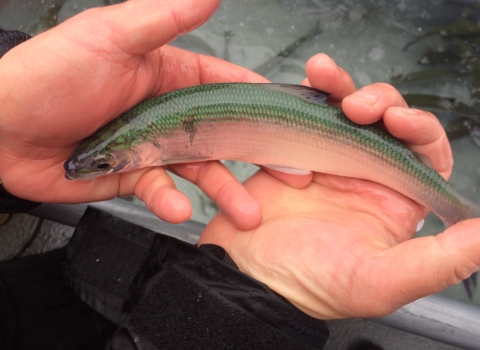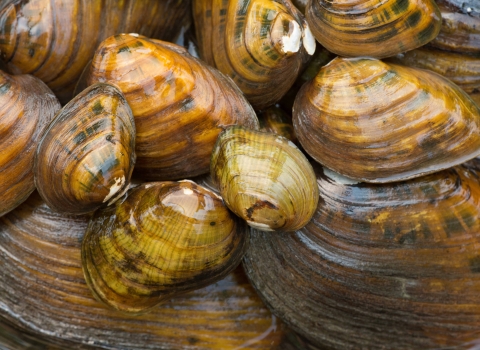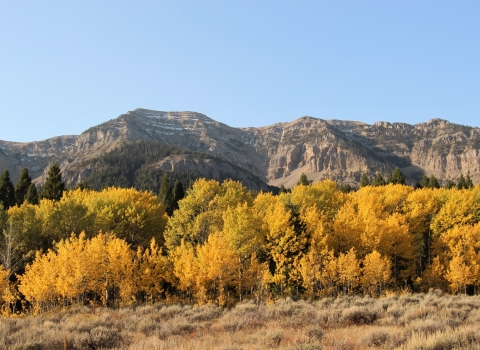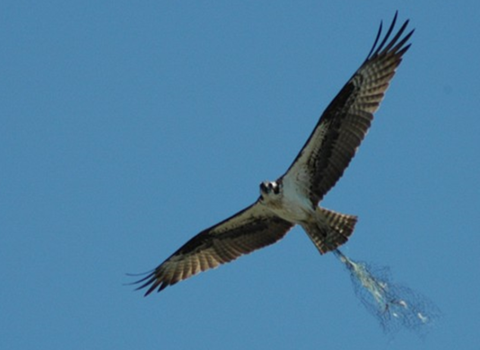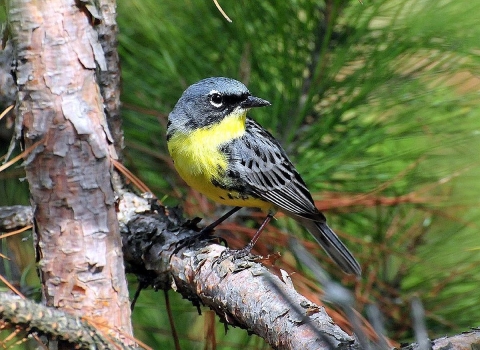Projects and Research
The cisco (Coregonus artedi) and the bloater (Coregonus hoyi) both played critical roles in the trophic dynamics of the Great Lakes. They were the primary native prey species for top predator fish such as the lake trout. By the 1950’s, however, overfishing and competition with non-native, plankton-eating prey fish (alewife) caused the collapse of these native prey species, and subsequently...
The natural resources Trustees responsible for addressing environmental injuries and human use losses caused by the Enbridge 2010 Kalamazoo River Oil Spill are proposing an amendment to a previously approved Restoration Plan from 2015. The Federal, State and Tribal Trustees in this matter include the State of Michigan, Department of the Interior, the Match-E-Be-Nash-She-Wish Band...
Industrial activities on the Kalamazoo River and Portage Creek released polychlorinated biphenyls (PCBs) to those waterways and the surrounding environment. As a result, the U.S. EPA designated areas downstream of the releases of PCBs as the Allied Paper, Inc./Portage Creek/Kalamazoo River Superfund Site.
The U.S. EPA and the Michigan Department of Environment, Great Lakes, and Energy...
Injuries at the the North Bronson Industrial Area Superfund Site resulted from hazardous substances discharged at and from the site. The hazardous substances causing injuries were primarily metals, including chromium, from metal plating operations. Contamination downstream was so severe that cows died along the stream. Site investigations and cleanup are ongoing under the...
Location: Rouge River, south of Detroit, Michigan. The Rouge River is a tributary of the Detroit River, which flows from Lake Saint Clair southward to Lake Erie.
Date of Incident: 9 April 2002 and 12 April 2002
Incident Description: Following a heavy rain event, a mixture of diesel fuel and lube waste oil was observed the morning of April 9, 2002, in the...
Beginning in the 1940s, industrial facilities and wastewater treatment plants on the Saginaw River, Michigan, released PCBs (polychlorinated biphenyls) and related compounds into the Saginaw River. Because of on-site contamination, releases from the facilities continued after PCBs were banned in the 1970s. PCBs released into the Saginaw River ended up in sediments, fish, and wildlife...
Overview | Trustees | Assessment | Settlement | Restoration Plan and Projects | Additional Site Information | Administrative Record Index
OverviewBeginning as early as the late 1800s, the Dow Chemical Company plant in Midland, Michigan, released pollution into the Tittabawassee River. In time, the river and its floodplain were contaminated by polychlorinated dibenzo-p-dioxins and...
The purpose of erosion control is to prevent the movement of topsoil and sediment and to assist vegetation establishment. Unfortunately, some erosion control methods, while protecting the soil, can cause damage to wildlife and the environment. Wildlife safe materials are those that are 100% biodegradable, made from...
Kirtland's warbler tours are available from the U.S. Forest Service and Michigan Audubon Society. Enjoy this incredible opportunity to observe the endangered Kirtland’s warbler and view nesting areas. Learn about the conservation success story of the Kirtland’s warbler and how it escaped the brink of extinction. These guided tours represent...

